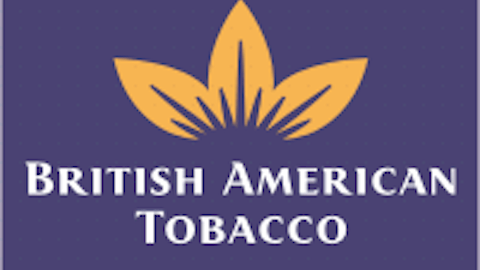Tweedy Browne, one of the most respected value investment funds in the world, was featured in the article “The Superinvestors of Graham-and-Doddsville,” written by Warren Buffett in 1984. As its investment philosophy derives from Benjamin Graham, value investors should follow Tweedy Browne’s moves closely.

Baxter’s Business Snapshot
Baxter International is the manufacturer of products for patients with immune disorders, infectious diseases, kidney diseases and trauma, with two main business segments: BioScience and Medical Products. The company sells its products in more than 100 countries through independent distributors and drug wholesalers. In 2012, the majority of Baxter International Inc. (NYSE:BAX)’s revenue, more than $7.95 billion, or 56% of its total revenue, was generated from the Medical Products segment, while the BioScience segment generated nearly $6.24 billion in revenue. However, the BioScience segment contributed $2.3 billion in pre-tax income, much higher than the pre-tax income of $1.6 billion of the Medical Products segment.
A Cash Cow with Good Growth
I am quite impressed with Baxter’s operating performance in the past five years. Since 2008, Baxter has consistently generated increasing revenue, profits and cash flow. The revenue increased from $12.35 billion in 2008 to $14.19 billion in 2012, while the EPS grew from $3.16 to $4.18 in the same period. Its dividend followed the same trend, rising from $0.91 per share to $1.57 per share. In addition, the company operates with a strong balance sheet. As of December 2012, it had $6.94 billion in total stockholders’ equity, $3.27 billion in cash, and only $350 million in short-term debt and capital leases. The biggest liability item was pensions and other benefits–nearly $2.43 billion. Since 2008, it has invested nearly $3.7 billion to buy back its stocks from the market. The treasury stock has reached $7.6 billion as of December 2012.
Tweedy Browne owned more than 2.6 million shares in the company, with a total value of $173.6 million, representing 5.1% of its total portfolio at the end of 2012. The company is trading at $67.60 per share, with the total market cap of $37.15 billion. Baxter is valued at nearly 10 times EV/EBITDA.
The Biggest Fast Growth Global Tobacco Company
Philip Morris International Inc. (NYSE:PM) is the sixth largest holding in Tweedy Browne’s portfolio. It owned more than 2 million shares in the company, with a total value of more than $170 million. Philip Morris accounted for 5% of the fund’s portfolio. Philip Morris, spun off from Altria Group Inc (NYSE:MO), is the largest global cigarettes and other tobacco products manufacturer in the US, and operates in more than 180 markets outside the US. Philip Morris is well known for its Malboro brand, the world’s best selling international cigarette, which accounted for around 33% of its total shipment volume in 2012. The majority of its revenue, 36.7%, was generated from Asia. Europe ranked second, accounting for 29.6% of the total revenue. Indeed, Philip Morris is expected to keep growing in the future, as it derives the majority of its revenue from emerging markets, where tobacco regulations haven’t been so strict yet. Altria, its ex-parent, doesn’t have such a wide moat as Philip Morris as it is operating solely in the struggling US tobacco industry, with strict regulatory control.
Philip Morris really is a cash cow, generating consistently increasing free cash flow. Since 2003, its free cash flow increased from $4 billion in 2003 to nearly $8.4 billion in 2012. At first glance, investors might be scared of the company’s negative equity and huge debt. As of December 2012, it had -$3.5 billion in total stockholders’ equity, $3 billion in cash, and nearly $22.85 billion in short and long-term debt. The reason for negative equity is that Philip Morris financed its significant share buybacks with debt. Since 2008, the treasury stock skyrocketed from $2.28 billion to nearly $26.3 billion.
With the current trading price of $91.75 per share, Philip Morris’ total market cap is nearly $153.3 billion. The market is valuing the company at 11.5 times EV/EBITDA. Altria is a much smaller company, with $67.2 billion in total market cap. With a current trading price of $33.55 per share, Altria is valued at 10.53 times EV/EBITDA.
Foolish Bottom Line
Between the two tobacco companies, I strongly prefer Philip Morris due to its dominating global market position, potential huge growth and reasonable valuation. Indeed, investors might invest in Baxter and Philip Morris and hold them for a long run. As Baxter and Philip Morris are paying dividend yields of 2.3% and 3.5%, respectively, those two stocks fit well in investors’ income portfolios.
The article Tweedy Browne’s Top Stocks (Last Part) originally appeared on Fool.com and is written by Anh HOANG.
Copyright © 1995 – 2013 The Motley Fool, LLC. All rights reserved. The Motley Fool has a disclosure policy.





